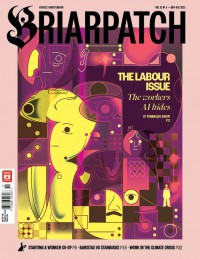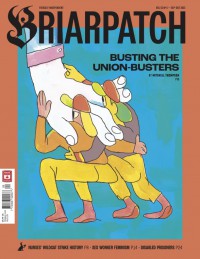-
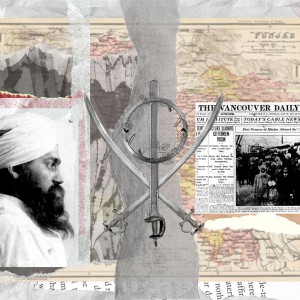 Magazine
MagazineSikhs, sovereignty, and the Canadian left
Exploring the anti-colonial, egalitarian roots of Sikhi, and tracking the extraordinary political power of the Sikh community in Canada today
-
 Magazine
MagazineHearing Two-Spirits
A combination of both the masculine and feminine, the Two-Spirited are a distinct gender with roles and responsibilities unique to their dual nature.
-
 Magazine
MagazineSabe
The house had a makeshift feeling she should have grown out of a long time ago, her scattered belongings littering the floor like residue. She liked to feel as though she could leave at any moment just by throwing a few things into a bag.
-
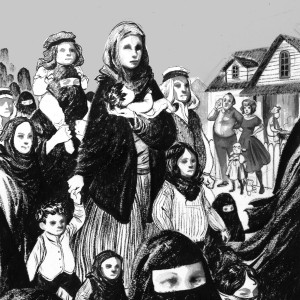 Magazine
MagazineIn defence of a Muslim takeover
As the last 10 years have made painstakingly evident, imperial interventions in the Middle East and Pakistan have relied heavily on the conflation of the figure of the Muslim, the immigrant/outsider, and the terrorist within mainstream discourse. It is within this context that many have begun raising alarm over the looming demographic threat posed by domestic Muslim population growth.
-
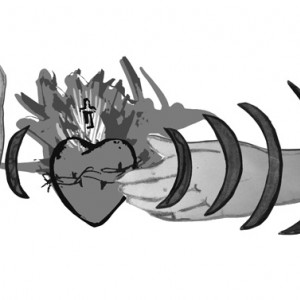 Magazine
MagazineLetter from the editor
Spirituality and activism are not strangers. The intimate relationship between the two is evident in the work of icons like Gandhi, Harriet Tubman, Malcolm X and Desmond Tutu, for whom activism was part and parcel of their commitments to something or someone beyond the sensory world.
-
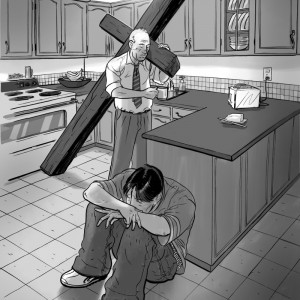 Magazine
MagazineFaithful ally
I remember the exact moment my Sundays changed forever. I was 14. Sunday mornings in our house had always been filled with a routine chaos. Mom and Dad woke up first, showered and dressed, then called my two younger sisters and me in sequence.
-
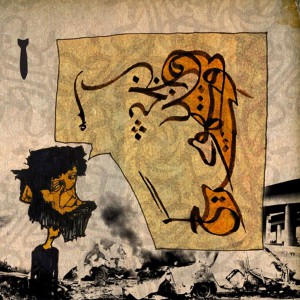 Magazine
MagazineSolidarity in Islamophobic times
With Islam having moved to the centre of North American political discourse since 9/11, Muslim practices, cultural formations, sectarian divides, religious laws and political histories are being publicly scrutinized as never before. Grandiose proclamations of a “clash of civilizations” are now commonplace, as are routine examples of racial profiling, hate crimes, polls documenting shockingly discriminatory public opinions, and inflammatory rhetoric from public figures across the political spectrum.
-
 Magazine
MagazineNo priests, no temples
Many activists practice yoga, but few would describe their yoga practice as a form of activism or treat their activism as an expression of their yoga practice. Michael Stone is working to change that.
-
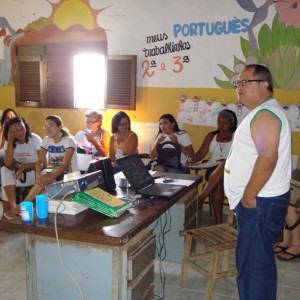 Magazine
MagazinePedagogy of the omitted
“Our action is our spirituality. It’s my faith that makes me fight.” When Rubens Pita said this, nearly everyone in the room spoke up to offer their own reflections. Rubens is an educator and coordinator at the Escola Fé e Política: Pe. Humberto Plummen (School of Faith and Politics) in Recife, Brazil.
-
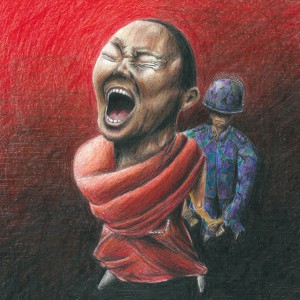 Magazine
MagazineBlood, sweat and prayers
Tibetan Buddhism’s heavy emphasis on virtues of non-violence and compassion for all living beings raises the complex question of if or when to use violence against a violent occupier.
-
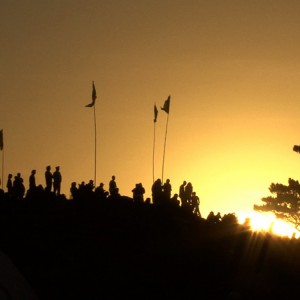 Magazine
MagazineLove in a time of climate crisis
It’s the year 2011. Icebergs are melting, forest fires are raging out of control, sea levels are rising, drinking water is becoming scarcer, droughts, famine, conflict and other climate-related pressures are growing exponentially. How can this crisis — the greatest challenge humanity has yet faced — be transformed into the greatest love story on earth?
-
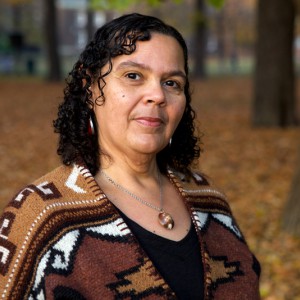 Magazine
MagazineInterconnectedness in action
While specific spiritual beliefs are as varied as the distinct First Nations communities on this land, Indigenous world views generally operate from a framework of interconnectedness whereby relationship is the lens through which we understand and sense the world. It informs the ultimate vision of sovereignty and decolonization, and impacts the goals, strategies and tactics of our activism.
-
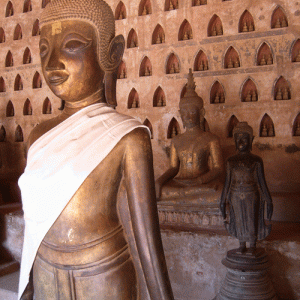 Magazine
MagazineThe gender of enlightenment
There is a glass ceiling for women seeking spiritual advancement in the Buddhist temples, or “wats” that dot the Thai landscape. Women who seek to be ordained as Bhikkhunis, the highest order of Buddhist nuns, possessing equal status to monks, continue to experience significant resistance from the religious clergy and more conservative elements of Thai society. In this country of over 300,000 monastics, Dr. Chatsumarn Kabilsingh, whose ordained name is Dhammananda Bhikkhuni, is a trailblazer in the movement to create a Bhikkhuni order in Thailand.

